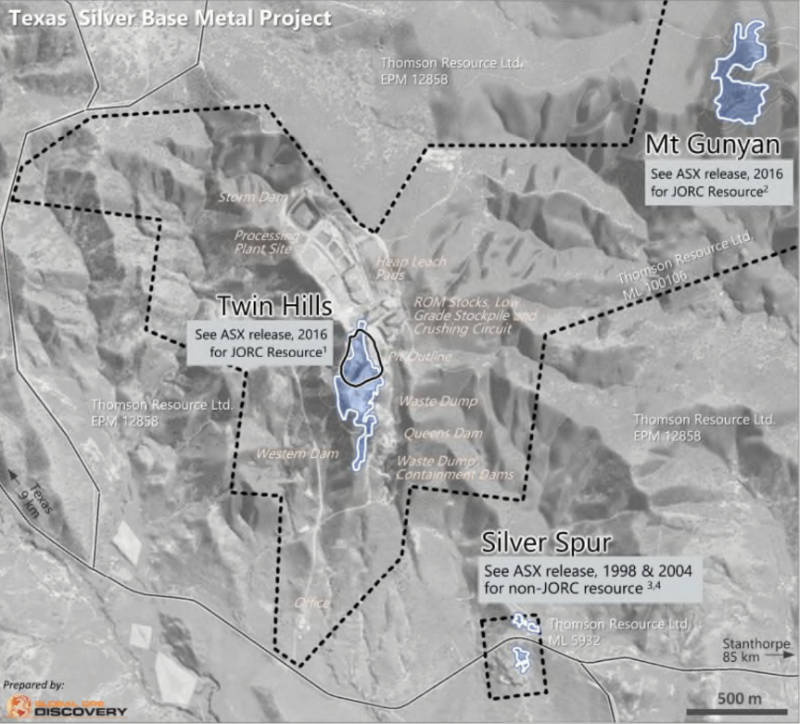Thomson signs firm deal to acquire Silver Spur mine

Pic: Bloomberg Creative / Bloomberg Creative Photos via Getty Images
Thomson has executed the definitive agreement for the acquisition of the Silver Spur mine, giving it complete control over the Texas silver-base metal district in Queensland.
Silver Spur, located 3.5km from the Twin Hills silver mine that is also part of the Texas project, has historical production of 2.19 million ounces of silver at an average grade of 800 grams per tonne along with 690t of zinc, 1,050t of lead and 990t of copper.
It is also surrounded by the Texas Silver Project’s exploration licences, which form part of the Texas Silver Mine acquisition that is also nearing completion.
Thomson Resources (ASX:TMZ) is already well advanced with a comprehensive re-evaluation of the deposit with the goal of delivering a resource estimate during the fourth quarter of this year.
Once the Silver Spur and Texas Silver Mine acquisitions are completed, the company will control a district that has produced about 3.6Moz of silver along with significant zinc, lead and copper and hosts multi-million ounce silver resources.
“It is great to now have the formal definitive agreement in place so that we can proceed with confidence to the completion of the acquisition of the Silver Spur ML,” executive chairman David Williams said.
“The more we look at it the more we realise that the Silver Spur ML is a key part of the potentiality of the Texas Silver project.
“The Texas Silver Project, with the Silver Spur ML, represents a key district scale asset within the company’s New England Fold Belt Hub and Spoke strategy, and has the potential to materially contribute to the company’s objective of 100Moz silver equivalent resources for its central processing concept.”

Texas Silver Project
Silver Spur, Twin Hills and Mt Gunyan are the resource stage deposits located within the broader Texas Silver project, which the company identifies as being part of a broader silver, zinc, lead, copper district hosted within the Permian-age Silver Spur Basin.
Thomson notes that the origin and age of Silver Spur mineralisation is contested.
More recent information indicates that it is not a SEDEX deposit as some authors interpreted but formed during a later deformation event as hydrothermal and structural controlled epigenetic mineralisation, which contains zones of bonanza grade silver.
The company believes that developing a clearer understanding of the origin and controls on the formation of the mineralisation in the district will improve the potential to find further significant mineralisation at the Texas Silver project.
Multiple phases of exploration have been carried out at Silver Spur with the most recent drilling between 2002 and 2012 by Macmin Silver and Alcyone Resources returning significant silver and base metal mineralisation at the mine and the nearby Silver Spur North prospect.
Work by Thomson and its consultants Global Ore Discovery have highlighted a 400m long, open-ended corridor of mineralisation at Silver Spur that is centred along the projection of the Stoke’s fault zone.
This is defined by the historical Silver Spur deposit, the near-surface open-ended mineralisation at the Silver Spur North prospect and an undrilled electromagnetic conductivity anomaly at Silver Spur South.
This article was developed in collaboration with Thomson Resources, a Stockhead advertiser at the time of publishing.
This article does not constitute financial product advice. You should consider obtaining independent advice before making any financial decisions.

SUBSCRIBE
Get the latest breaking news and stocks straight to your inbox.
It's free. Unsubscribe whenever you want.
By proceeding, you confirm you understand that we handle personal information in accordance with our Privacy Policy.








